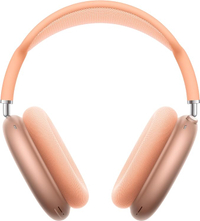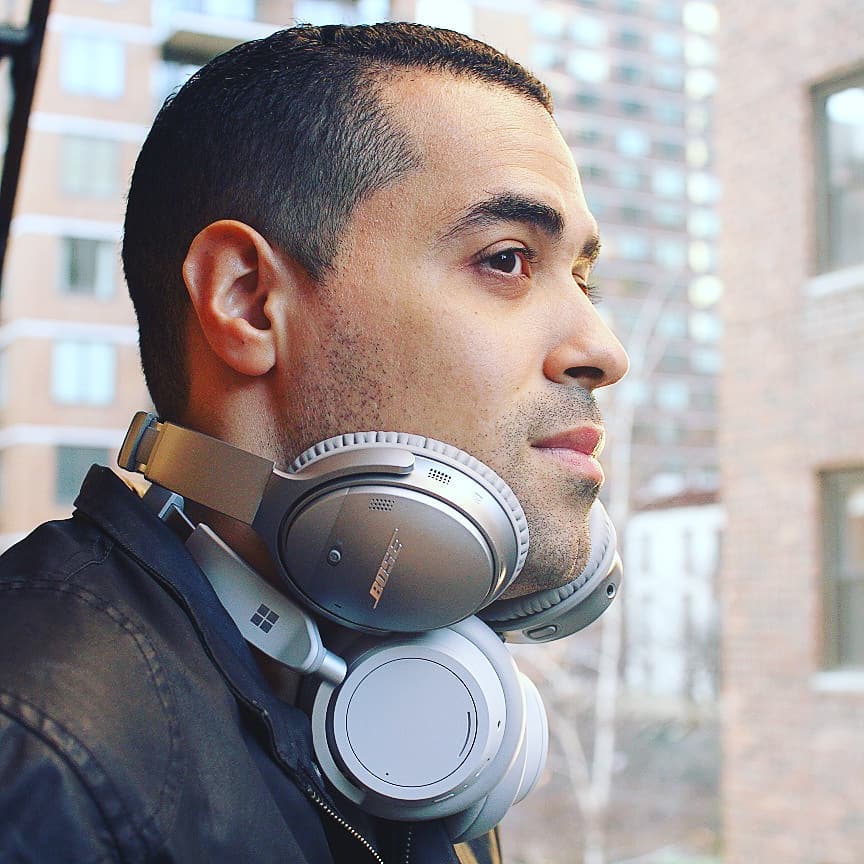5 ways Apple could have improved the AirPods Max – but didn't
What could have been, should have been
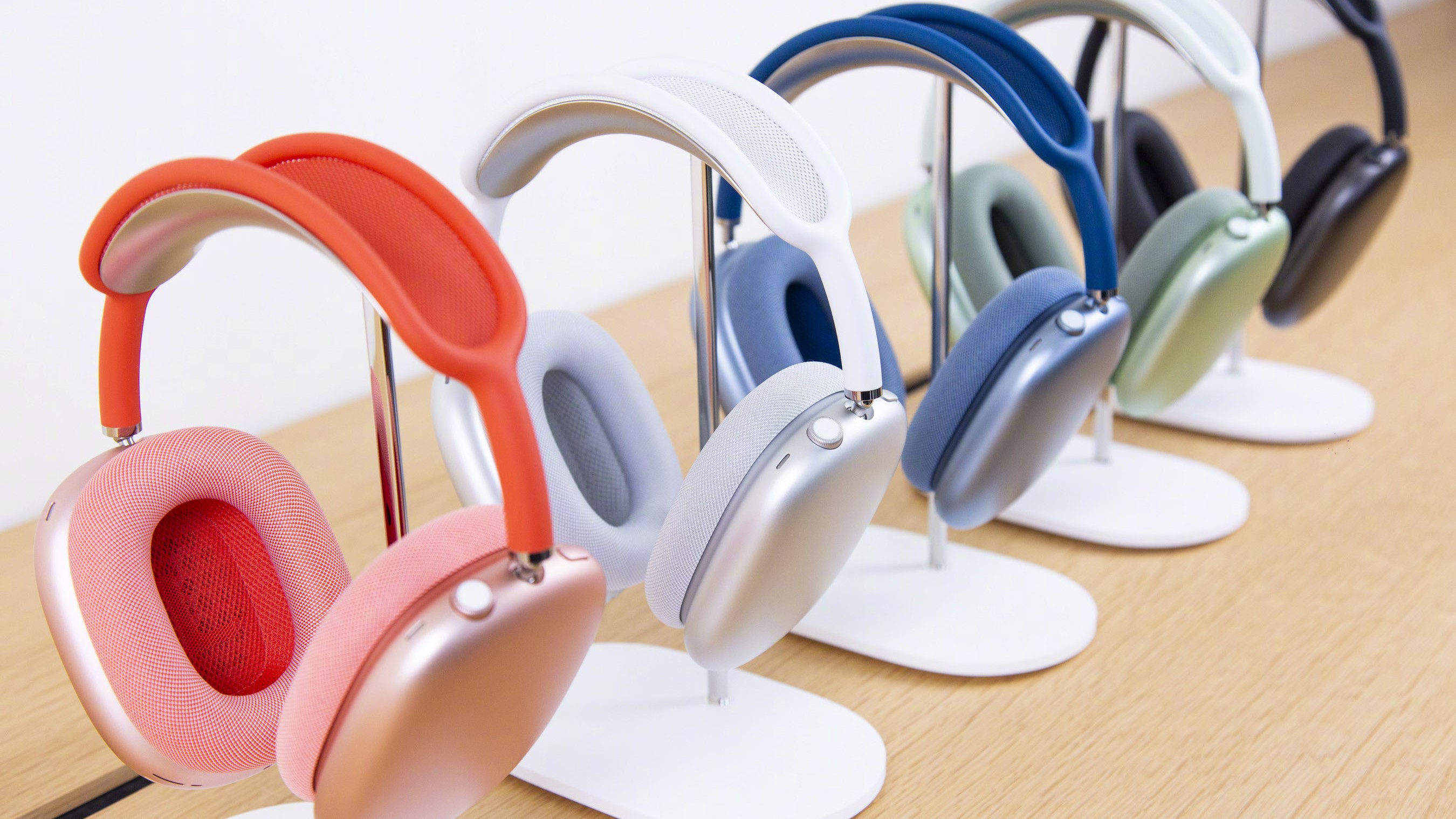
Once word got out that an updated version of the AirPods Max was coming to market, we started thinking about all the potential features Apple had lined up for its next-gen headphones. The announcement came during this year’s September Glowtime event, and to call it disappointing would be an understatement. It bombed.
The 2024 AirPods Max only received two updates: USB-C charging and five new colors. Surely, purchasing this refresh in Blue, Midnight, Orange, Purple or Starlight would be well worth the steep price of $549, right? Many consumers might disagree, especially when both the previous and latest version fall far behind many of the best noise-cancelling headphones.
It’s not like Apple lacks innovation. Just look at the AirPods Pro 2 features that debuted on the current USB-C model, or the new ones launched with the iOS 18.1 update. There are also plenty of ideas out there to imitate and implement on a grander scale.
Knowing this, we came up with several ways that Apple could have improved the AirPods Max, but sadly, chose not to. One can only hope that these suggestions make it onto the long-rumored AirPods Max 2.
1. Better thirty-party mobile support
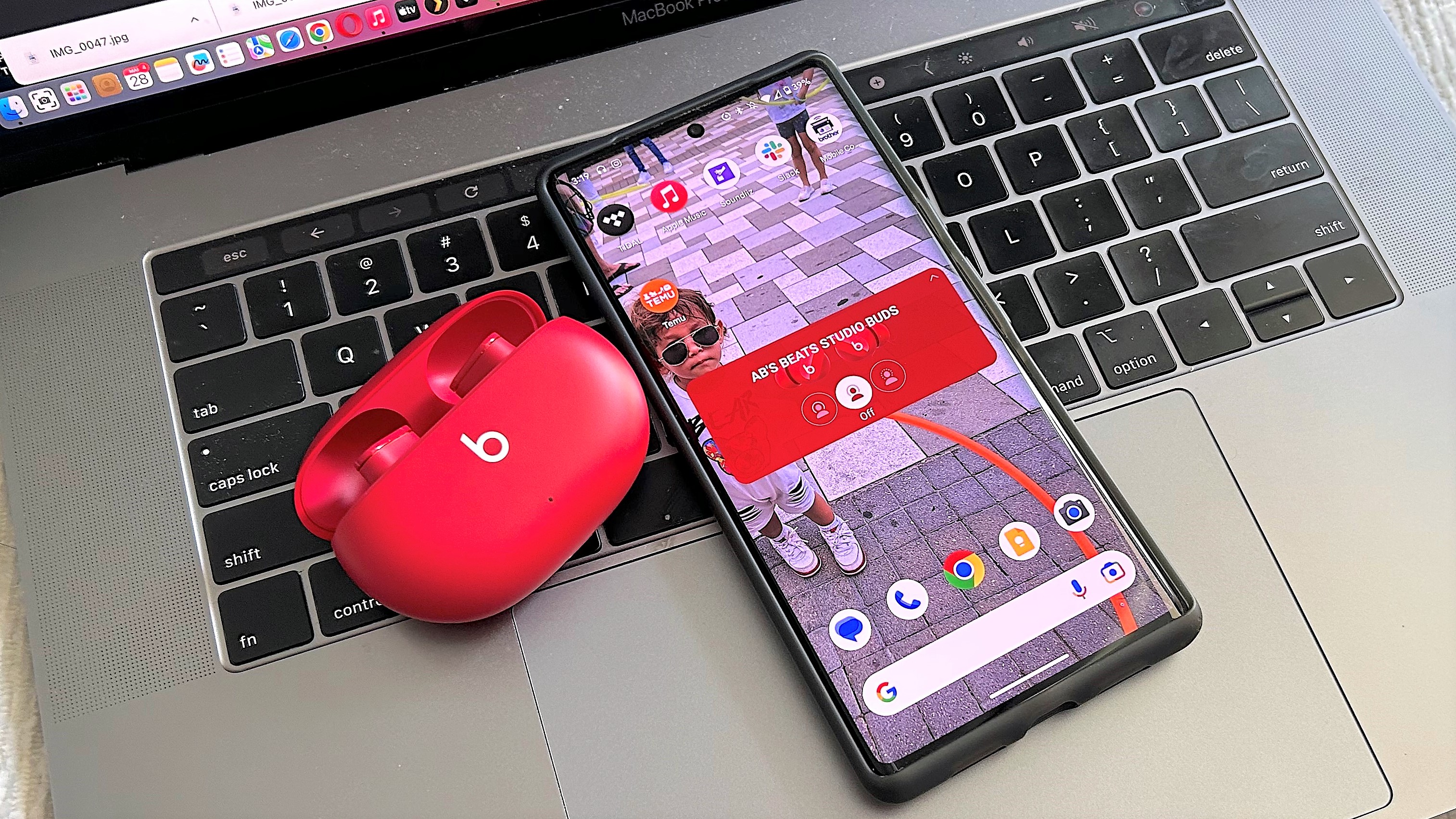
The AirPods platform isn’t entirely restricted to Apple operating systems (iOS, macOS, tvOS). You can pair any AirPods to Android or Windows devices through Bluetooth. Apple just makes it difficult. What’s puzzling is that the company has allowed its subsidiary, Beats, to create audio products that are optimized for Google-operated machines via proprietary processors.
Apple’s current H2 chipset is engineered specifically for use with brand devices, and no one expects it to be redesigned for multiplatform use. That doesn’t mean Apple couldn’t have figured out a way to add a Beats style processor to the 2024 AirPods Max’s spec sheet. This would have given the headphones seamless Android pairing, along with multipoint technology to connect them with two Android devices simultaneously.
2. All the latest AirPods Pro 2 features
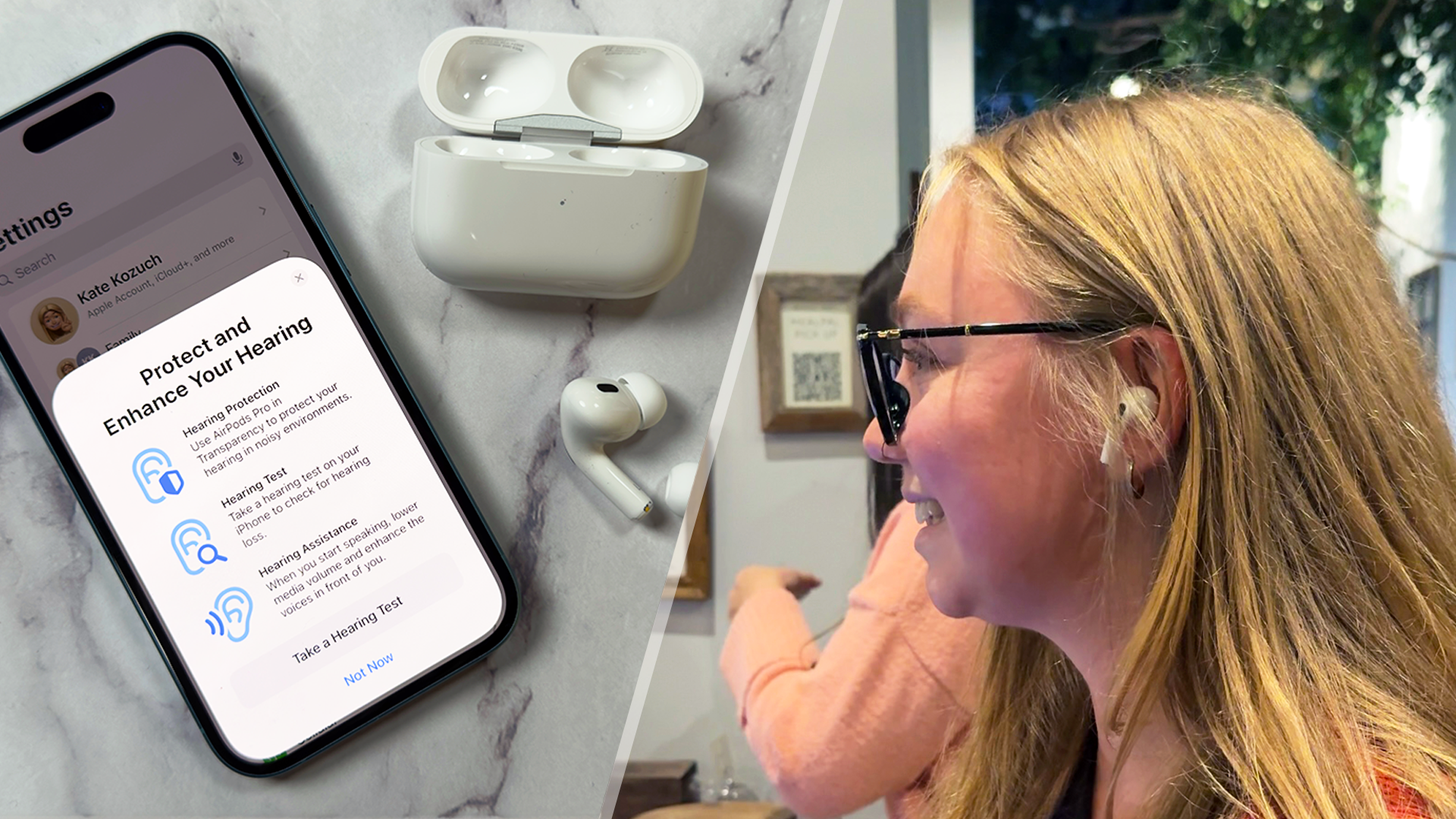
It’s almost insulting to see the AirPods Pro 2 with USB-C, a model released a year ago, acquire several new features that are MIA on the refreshed AirPods Max. This can be attributed to a lack of current hardware, which Apple refused to update on its headphones.
What are AirPods Max owners missing out on? Adaptive Audio that combines ANC and Transparency mode to automatically create a sound profile based on your listening environment. Head gestures to execute call management or Siri voice commands. Improved latency when mobile gaming. Personalized Volume for adjusting sound levels based on changes in your environment. Voice isolation to vastly improve how you sound during phone calls. Not to mention the all-new health features that transform the AirPods Pro 2 into FDA-approved hearing aids and help hearing-impaired listeners hear more of the world around them.
How does all that functionality make its way onto $249 wireless earbuds (currently on sale for as low as $189) and not $549 wireless headphones?
Apple AirPods Max (2024): $529 @ Amazon
Now available in five colors and with USB-C charging, the 2024 AirPods Max remain the top headphone option for iPhone users that want stellar ecosystem integration with all Apple products.
3. The Smart Case 2.0
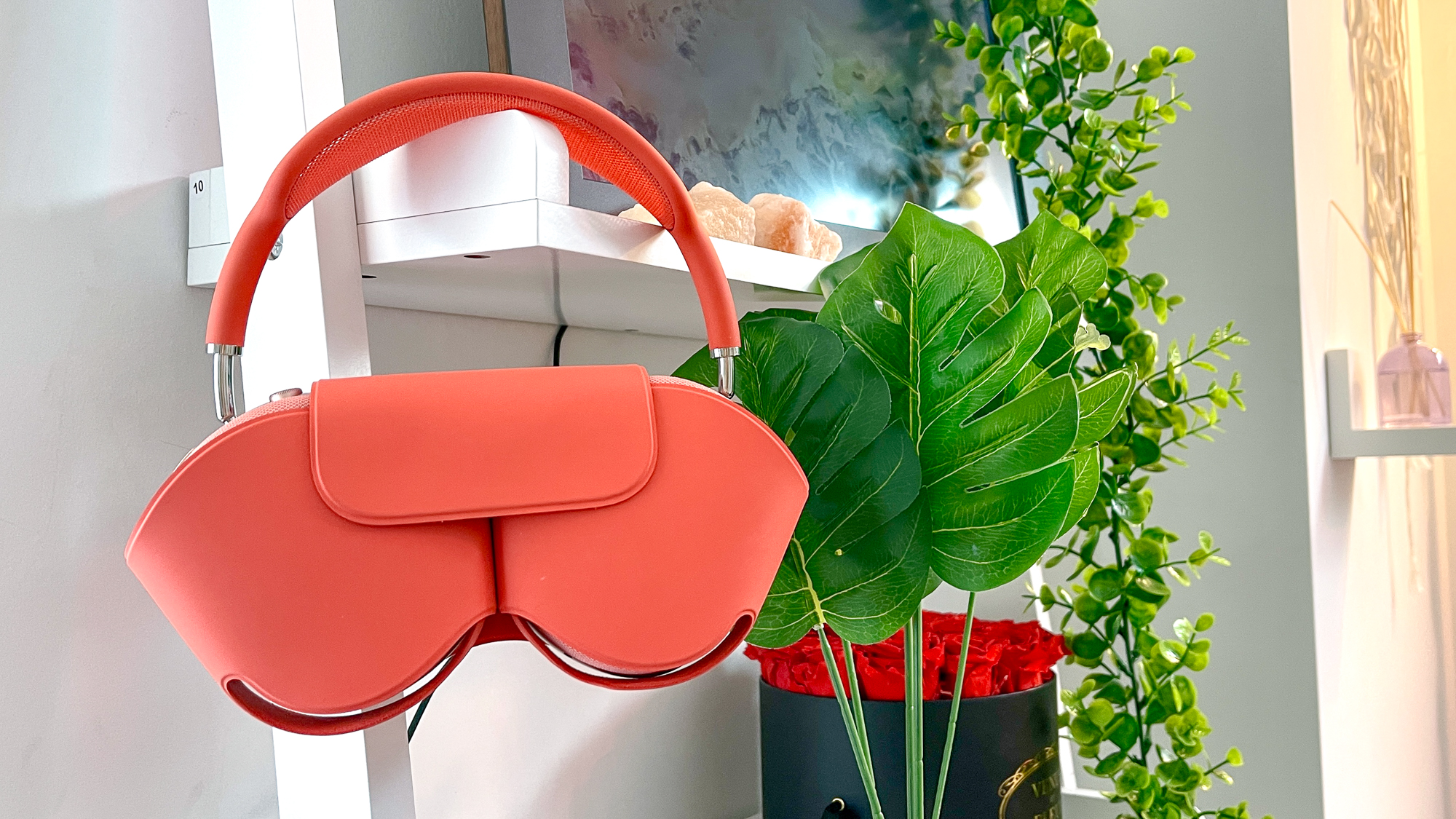
Apple’s headphone carrying case isn’t popular. The design looks silly, plus the soft-touch exterior and multiple exposed areas provide very little protection. Its only merit is battery preservation. Storing the headphones for 18 hours will enable an ultra-low power mode that automatically turns off Bluetooth and Find My to preserve battery life.
Developing a next-gen Smart Case with necessary upgrades could have been a huge selling point for the 2024 AirPods Max, and it’s not too late for Apple to make it. A redesign is at the top of the list, something that covers the entire headphones, including the mesh headband and charging port. MagSafe wireless charging is essential. Slots to hold additional accessories are ideal. Lastly, it needs a built-in speaker that plays sounds to easily locate the headphones and indicate battery levels, much like the one featured on the AirPods Pro 2 charging case with Find My integration.
4. Beats’ Fast-Fuel Charging technology
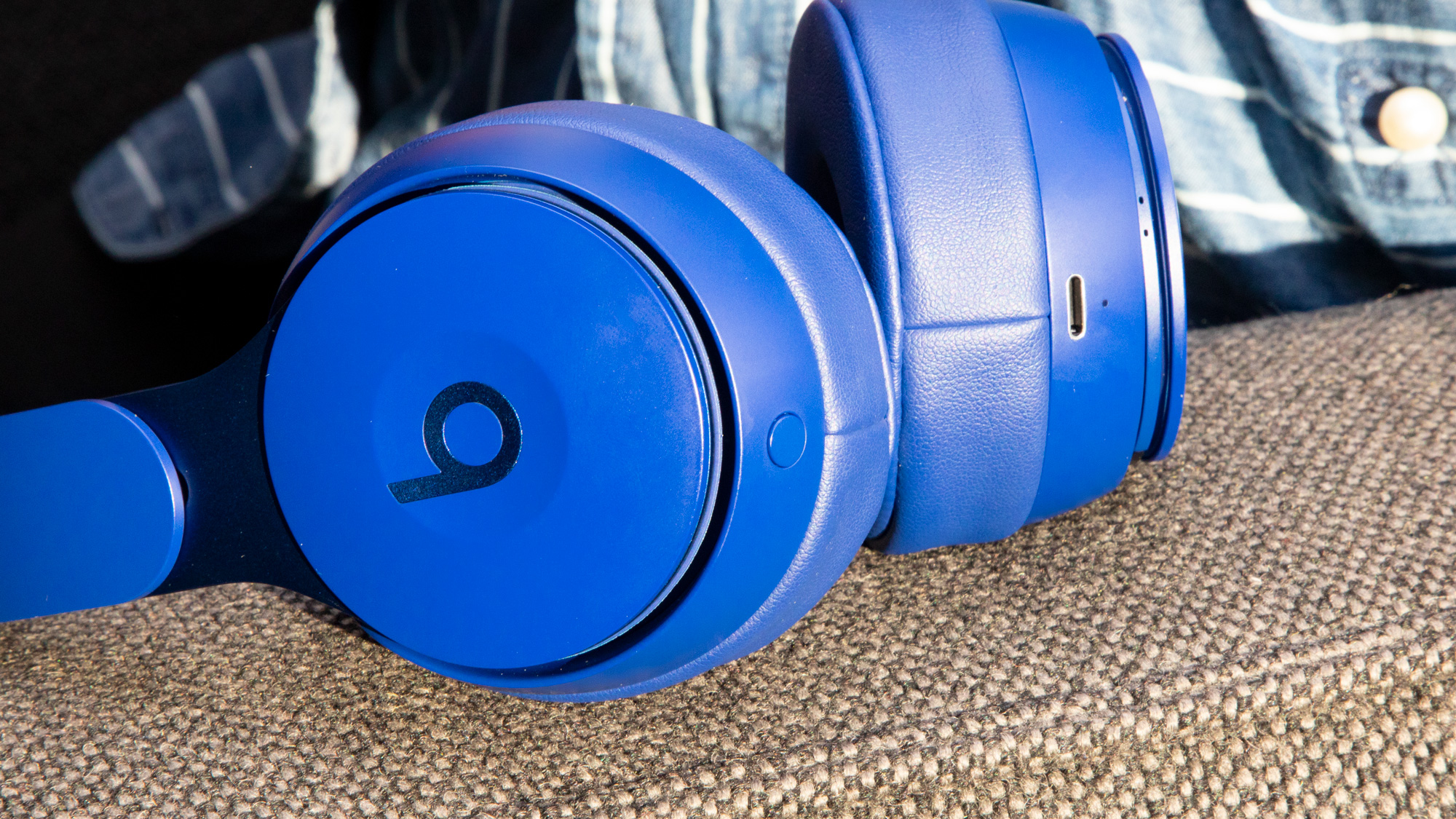
Battery life remains the AirPods Max’s kryptonite. We did a hard face-palm when we heard that the newest model carried the same playtime as the original (20 hours). We’re grateful to get USB-C charging. Unfortunately, benefits like quick charging have not changed: A 5-minute charge still gets you only 1.5 hours of listening time.
Meanwhile, the best Beats headphones come with Fast-Fuel technology that delivers stronger quick charging results. The Solo 4 can generate 5 hours of playback from a 10-minute charge, while the flagship Studio Pro achieve 4 hours in the same charging time. It’s not like Apple doesn’t have access to the technology. They. Own. Beats!
5. The H2 Processor
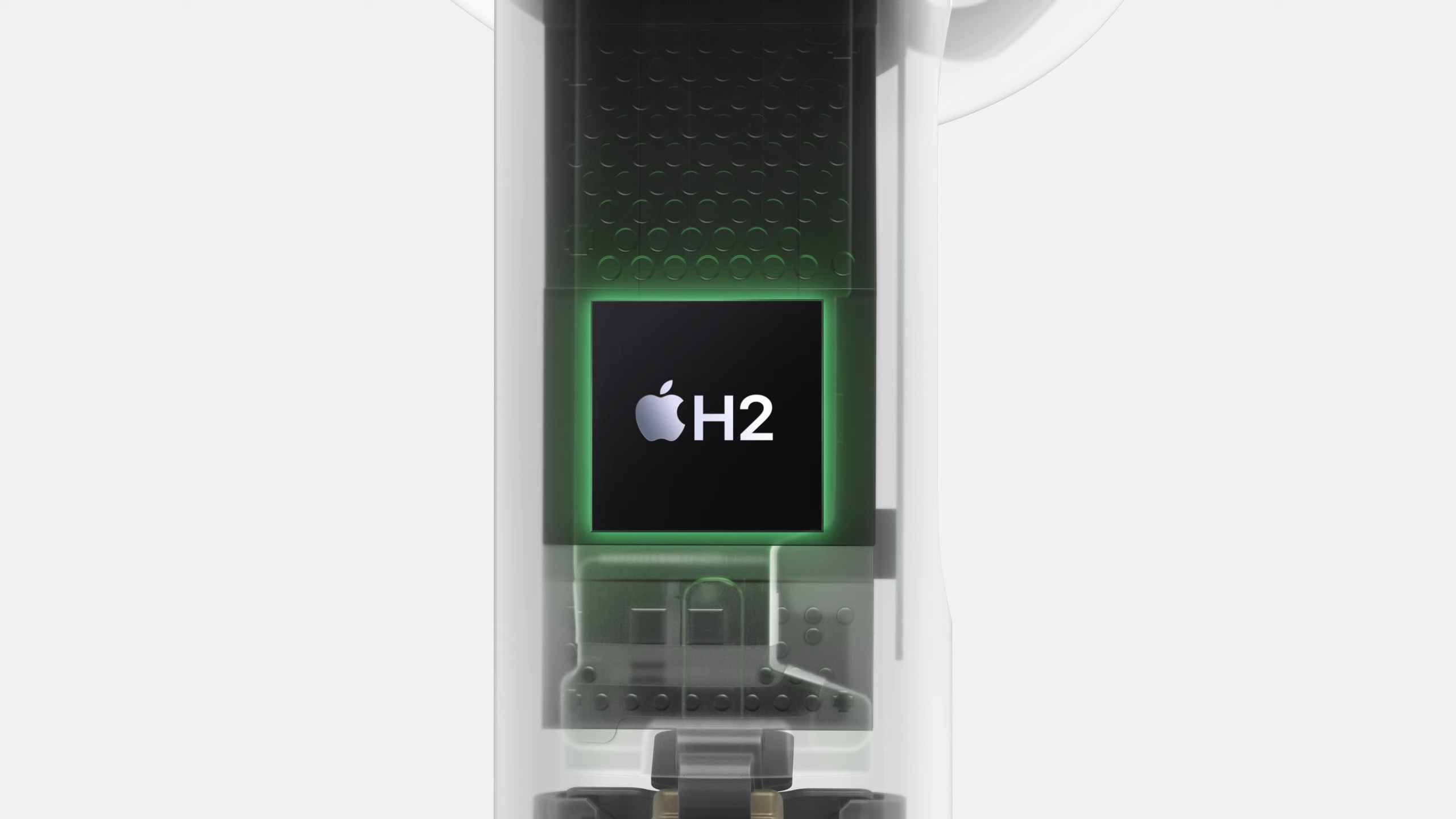
The most shocking omission of the 2024 AirPods Max is the H2 processor. Why Apple’s current chipset, which debuted on the first-gen AirPods Pro 2, isn’t stuffed into each earcup is mindboggling. This inclusion would have made the headphones future-proof.
It is possible that Apple’s saving it for the AirPods Max 2. Then again, the company might go with the H3 processor. Experts speculate that the next-gen CPU will debut on the highly anticipated AirPods Pro 3.
More from Tom's Guide
Sign up to get the BEST of Tom's Guide direct to your inbox.
Get instant access to breaking news, the hottest reviews, great deals and helpful tips.
A lifestyle journalist with an affinity for consumer products, Alex has over a decade of experience and has worked with popular publications such as Complex, Thrillist, Men’s Health, Gear Patrol, AskMen, and Hoop Magazine. He currently focuses on audio, reviewing the most coveted headphones in the market for both Tom’s Guide and Laptop Magazine.
